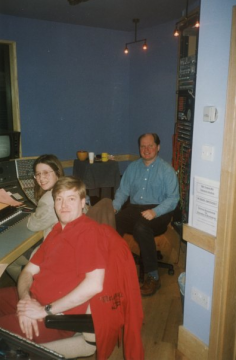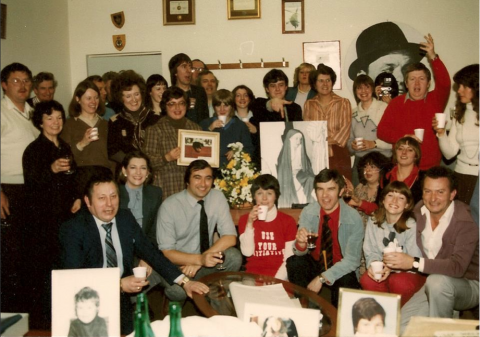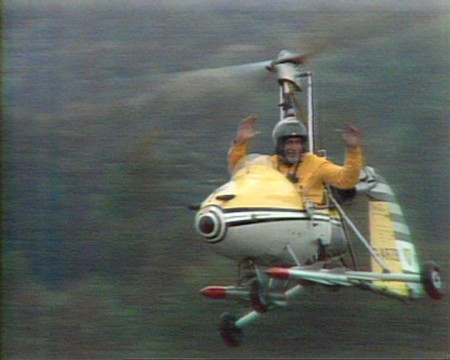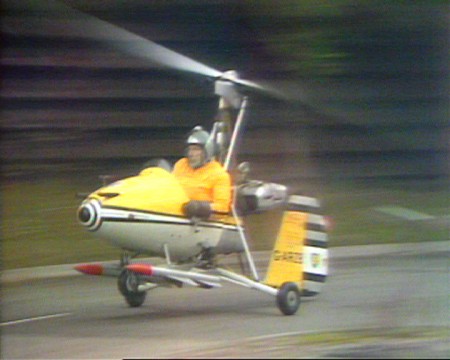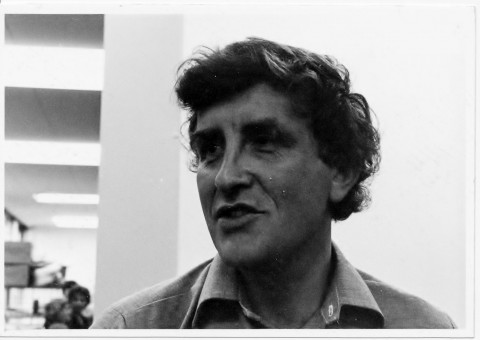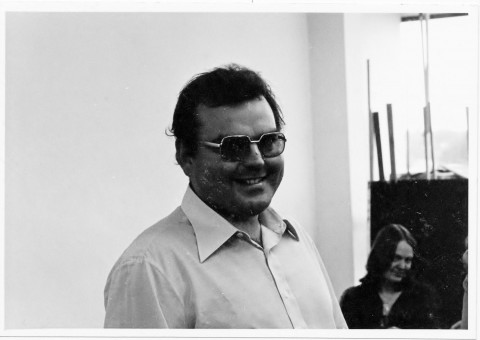Photos by Video Editor, Ian Collins; no reproduction without permission.
Ian took these photos before the sale of equipment when Pebble Mill was cleared prior to being demolished in 2005.
The portable 1″ videotape recorder (probably a VPR-20) was a useful piece of technology, meaning that shots could be recorded on location without a full outside broadcast, and before the advent of portable single cameras.
The VT editors shown in the photo are (left to right) Ian Collins, Steve Neilsen, Brian Watkiss, Ivor Williams, Mike Bloore, John Burkill, John Doidge, Steve May.
Peter Poole added the following information on the Pebble Mill Facebook page: ‘I remember a Clothes Show recording using the Ampex/Nagra VPR5. It was an audition for models in Studio 1. The queues stretched down Pebble Mill road.’
Please add a comment if you remember which programmes used portable 1″ recorders.

